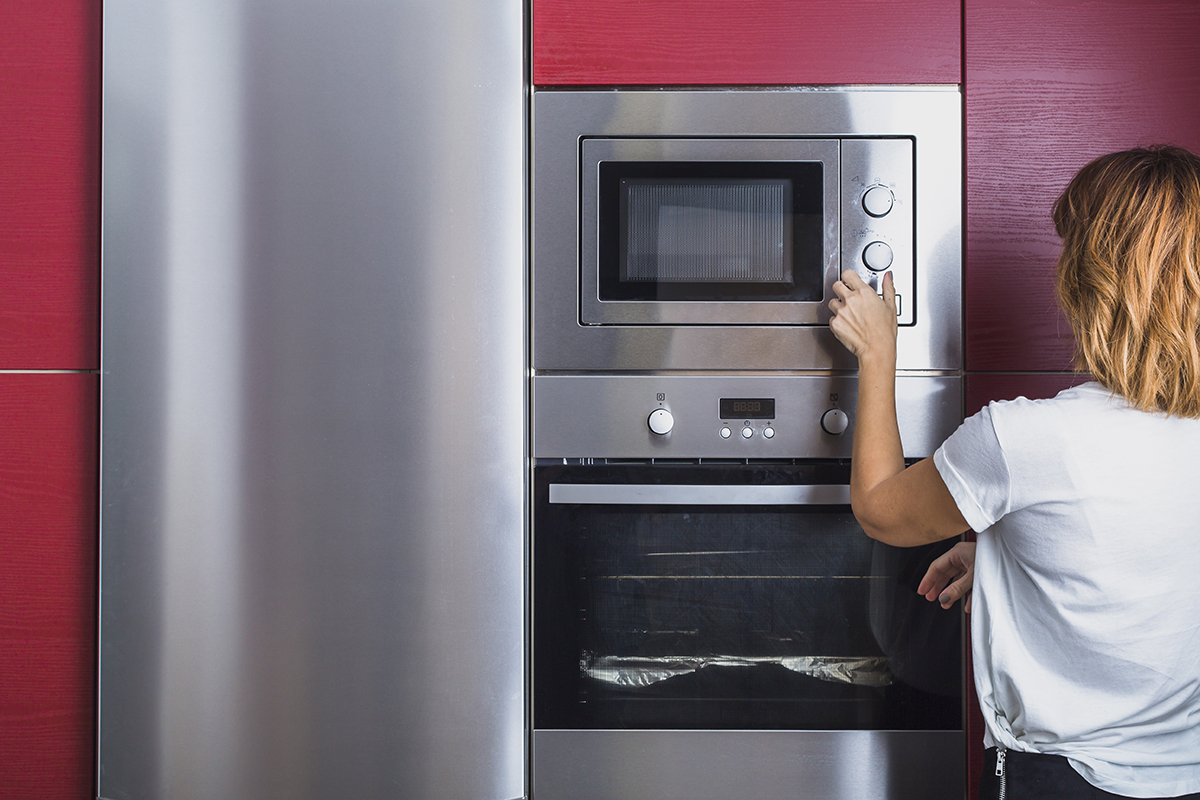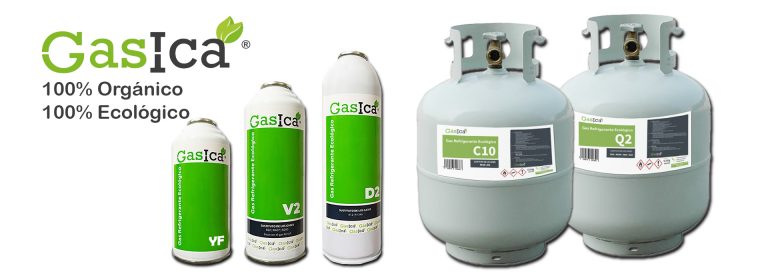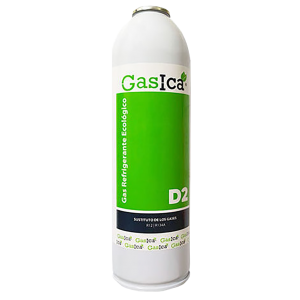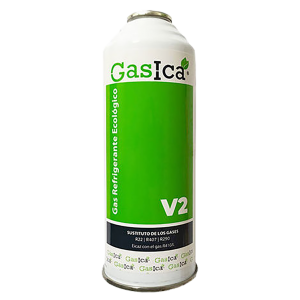GASICA: Ecological gases
Substitutes
Hydrocarbons are friendly to the environment, because they are natural they do not damage the ozone layer or contribute to global warming, they are also not toxic to human beings, so they are presented as substitutes for the already obsolete Chlorofluorocarbons (whose import and production was banned from December 31, 1995)
Contact us
Dealers
We have an extensive network of distributors throughout Europe
24/7 support
All the information or support you need will be offered by our distributors
Refrigerant gas is a compound that has the ability to absorb heat from the environment; that, when combined with other elements such as compressors, can generate what we know as air conditioning and refrigeration. Gasica, is the most recommended refrigerant gas for your home, it has positioned itself in the market as one of the best; Today we will tell you about its uses and the ecological version to take care of the environment.

Gasica YF
r1234YF
40%
90%
170 gr
355 gr – R1234YF
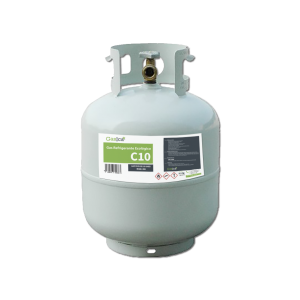
Gasica C10
R410A - R32
50%
90%
5,5 kg
11,00 kg – R410a
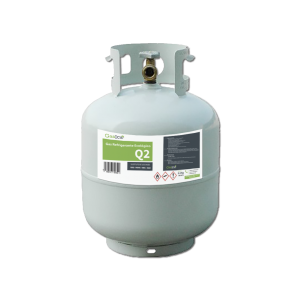
Gasica Q2
R502 - R404A - 408A - 422A
40%
90%
5,5 kg
13,50 kg – R502
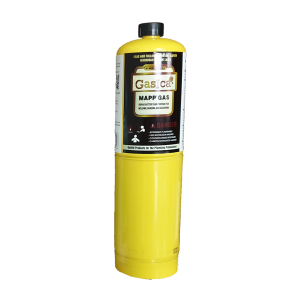
What is Gasica?
A refrigerant is a refrigerant fluid that is used in the refrigeration systems of air conditioners, refrigerators, etc. These gases carry out a mechanical process that makes it possible to generate hot or cold air. They must meet certain characteristics to guarantee their operation; like the following:
Not have leaks or leaks, due to the harmful effect on human health.
If there is a leak, it should not affect the environment; so it should not affect the ozone layer and the greenhouse effect.
Also be of low electrical conductivity.
Likewise, it is important that factors such as temperature, heat generation, freezing capacity and thermal conductivity are reviewed.
Refrigerant gases also require lubricating oils, so that they can generate the desired reaction.
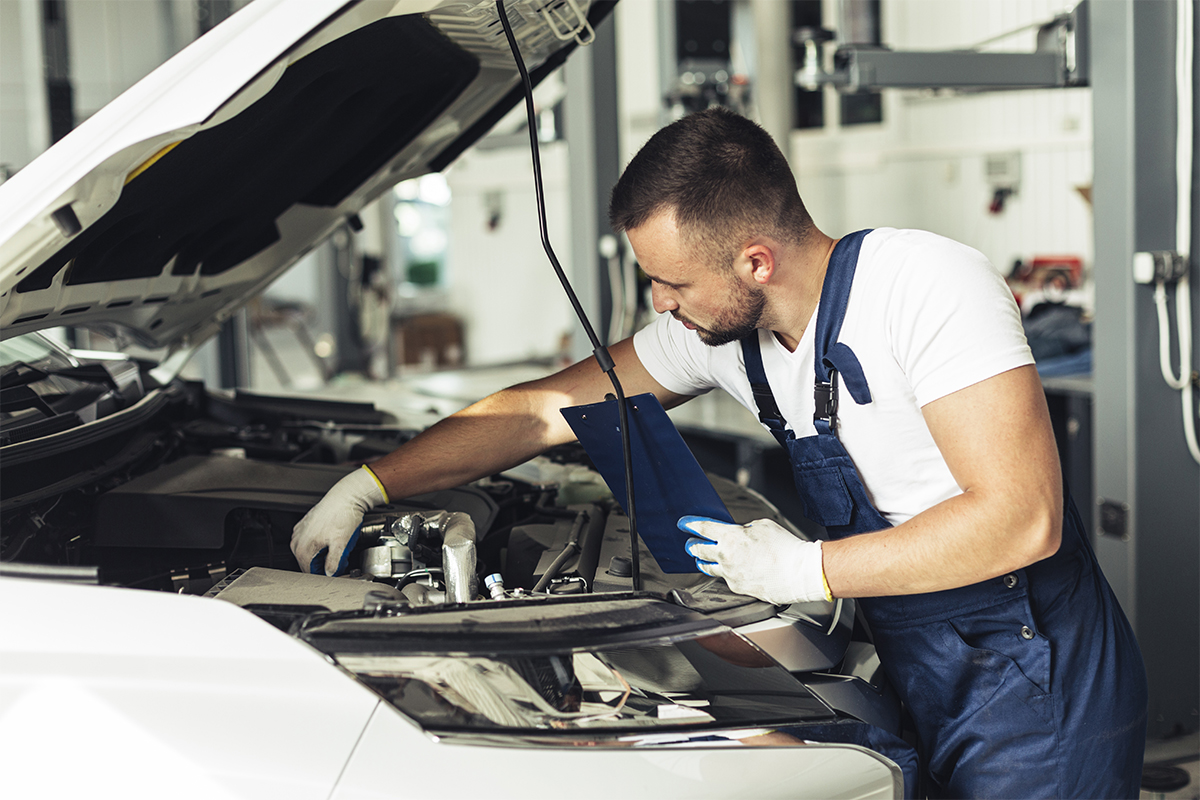
What is Gasica used for?
Gasica is 100% organic and perfectly replaces gases like 1234 ypf, R134a, R12, 410A, 404, 407, y 409. It is made based on Canadian eco-technology, which does not include chlorinated, fluorinated products or other toxic and polluting elements; therefore it is considered an ecological gas. Despite this, they offer an excellent capacity in generating the necessary reaction and, in addition, they offer an extra cleaning, preventing some decomposed from getting stuck in the system.
Ecological gas
The ecological gas R-32 or as it is also known difluoromethane, works in a similar way to R-410A, with a flash point of A2L level. One of the most outstanding advantages it offers is that it generates zero emissions. Unlike R-410A, it only has one third of the GWP. It also has 20% more volumetric capacity, so it requires less load and has less energy consumption in environments with low temperatures.
Green air conditioning gas
When used in air conditioning equipment it can contribute up to 30% savings in electricity consumption. In addition, less gas needs to be used for the equipment to function properly. It does not harm the ozone layer and is safe to handle.
Ecological refrigerant gas
R-410A continues to be the most widely used refrigerant in developed countries; however, it is expected that the conversion to R32 will achieve a considerable reduction in CO2 emissions by 2030. Therefore, it is seeking to encourage manufacturers and designers of air conditioning systems to include R32 in their products.


Ecological gas
El ecological gas R-32 or as it is also known difluoromethane, it works in a similar way to R-410A, with a flash point of A2L level. One of the most outstanding advantages it offers is that it generates zero emissions. Unlike R-410A, it only has one third of the GWP. It also has 20% more volumetric capacity, so it requires less load and has less energy consumption in environments with low temperatures.
Green air conditioning gas
When used in air conditioning equipment it can contribute up to 30% savings in electricity consumption . In addition, less gas needs to be used for the equipment to function properly. It does not harm the ozone layer and is safe to handle.
Ecological refrigerant gas
R-410A continues to be the most widely used refrigerant in developed countries; however, it is expected that the conversion to R32 will achieve a considerable reduction in CO2 emissions by 2030. Therefore, it is seeking to encourage manufacturers and designers of air conditioning systems to include R32 in their products.
Fridge gas
When it comes to older refrigerators, they generally use a chlorinated refrigerant called R-12; however, it was phased out in 1990 and replaced by tetrafluoroethane or R134A . On the other hand, industrial refrigeration plants use ammonia or R-717, which is considered an environmentally friendly refrigerant. Another refrigerant gas that has become known is propane, which has come to replace older systems that ran on R44 or Freon.
Refill gas for the refrigerators
First of all, you should know that on average, the useful life of the gas in the refrigerator ranges from 13 to 17 years ; the main failures are due to pipe rupture leaks or other reasons. The nanometer should be used to measure gas pressure, then recharge the gas in liquid phase using a diffuser. There is specialized technical staff for this, in order to guarantee a quality service without affecting the operation of the refrigerator.
Charge fridge gas
To load the gas in the refrigerator, the first thing to do is know what type of gas you use , then the pressure of the gas must be measured; as well as identify the leak and correct it. Once these aspects are identified, the provisions of the previous item must be complied with.
